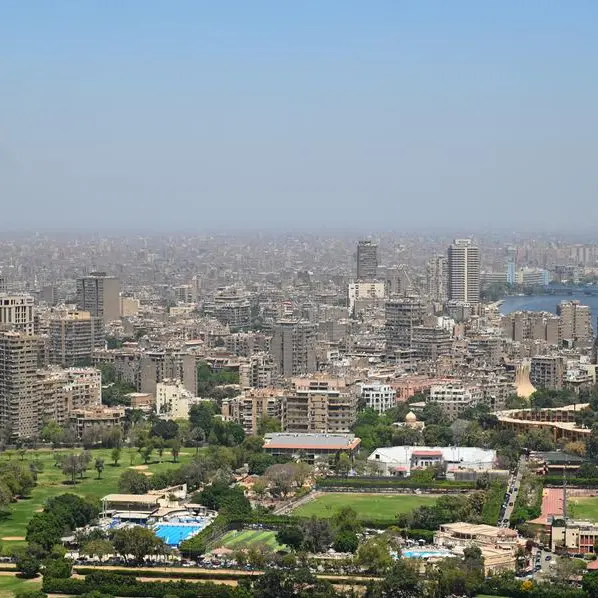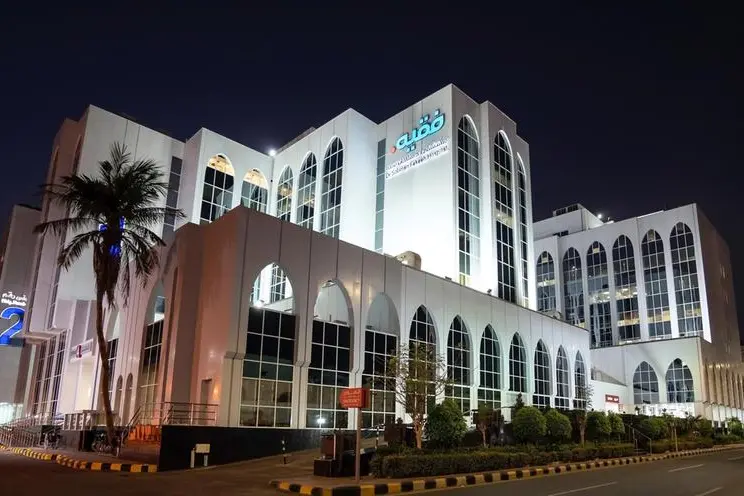PHOTO
Photo made January 16, 2018: Modern highrise office blocks break the skyline above the sprawling Kibera slum in the foreground in the Kenyan capital, Nairobi. AFP PHOTO/Tony KARUMBA
Global rating agency Fitch expects the new Ksh10 billion ($77.51 million) core capital requirements for Kenyan banks to help reduce non-performing loans (NPLs) and credit concentration risks.
This could also create more room for credit growth.
The agency said the new requirements would also improve the banking sector’s resilience to shocks and encourage consolidation to build stronger financial institutions.“More broadly, earnings retention and capital injections at banks below the final Ksh10 billion requirement will contribute to a general improvement in capitalisation, helping to mitigate high non-performing loans ratios and credit concentration risks, and providing more room for credit growth,” said Fitch in a situational report on February 18.
Kenya’s Business Laws (Amendment) Act, adopted by parliament in December 2024, increased the minimum core capital requirement in annual increments, to Ksh3 billion ($23.25 million) at end-2025, and eventually Ksh10 billion ($77.51 million) at end-2029 from the current Ksh1 billion.
Under the phased increase in the minimum core capital requirements, Kenyan banks are expected to increase their core capital to Ksh3 billion ($23.25 million) at the end of this year (2025) from the current Ksh1 billion ($7.75 million). Afterwards, it will gradually increase it to Ksh5 billion ($38.75 million) in 2026, Ksh6 billion ($46.51 million) in 2027, Ksh8 billion ($62.01 million) in 2028 and Ksh10 billion ($77.51 million) in 2029.
Banks will be allowed to use retained profits to build up their capital, in contrast to Nigeria where banks have to raise capital to meet new paid-in capital requirements.
The Kenya Bankers Association (KBA) says banks have various options to raise the new capital. However, it said it is still too early to assess the route various lenders are going to take in their capital raising initiatives.“It’s too early to assess. However, all options are available to banks in need of capital raise,” Raimond Molenje, KBA’s Chief Executive, told The EastAfrican.
Fitch, however, says that while larger banks already meet the new requirements, significant capital strengthening and mergers and acquisition (M&A) are expected among lower tier lenders, which are already fragmented amid poorer financial performance.
The 14 largest banks, including the four Fitch-rated banks (KCB, I&M, NCBA and Stanbic bank Kenya), which represent 87 percent of sector assets, all had over Ksh10 billion core capital at end of the third quarter of 2024. Their robust domestic and regional franchises continue to support their strong financial profile metrics.“We believe another seven banks, mostly second-tier, will be able to achieve compliance by end-2029 through earnings retention alone due to their reasonable profitability and generally small shortfalls from the Ksh10 billion ($77.51 million) requirement,” said Fitch.“The remaining 17 banks, which together account for just seven (7) percent of sector assets, are unlikely to be able to comply through earnings retention alone due to their large capital shortfalls and weak profitability. However, many are subsidiaries of regional banking groups that view Kenya as an important market, so we expect them to receive capital injections.”According to Fitch, capital injections for small domestically owned banks are less certain since they tend to have weak franchises and high non-performing loans, are sometimes loss-making and, in a few cases, are in breach of regulatory capital ratio requirements.“We think these banks are far more likely to be subject to M&A activity. Smaller banks struggling to meet the requirements may choose to merge, or they may be acquired by second-tier or foreign banks looking to strengthen their market share or enter the Kenyan market,” Fitch added.“This would accelerate recent banking sector consolidation, following four acquisitions of small or medium-sized banks by a larger domestic bank or foreign investors.”The agency says consolidation among small domestic banks would strengthen their franchises and help to address their longstanding weaknesses, including weak profitability and susceptibility to deposit outflows during challenging periods.
Nigerian banks are also making significant progress in raising core capital to meet new paid-in capital requirements and are generally on track to meet the end of quarter one (2026) deadline.
In March 2024, the Central Bank of Nigeria announced a significant increase in paid-in capital requirements (share capital plus share premium) for commercial merchant and non-interest banks and the banks have three ways to comply – through equity injections, M&A and downgrading their licence authorisation.
In Uganda, the Bank of Uganda (BoU) in 2022 proposed increasing the minimum paid-up capital requirements for major financial institutions operating in the country.
After consultations with relevant stakeholders, BoU increased the minimum paid-up capital requirements, and all financial institutions were given a deadline of June 30 2024 to comply.
The minimum paid-up capital requirement for commercial banks (Tier I financial institutions) was increased from Ush25 billion ($6.76 million) to Ush120 billion ($32.46 million) by December 31 2023 and Ush150 billion ($40.57 million) by June 30, 2024. ©
Copyright 2022 Nation Media Group. All Rights Reserved. Provided by SyndiGate Media Inc. (Syndigate.info).





















